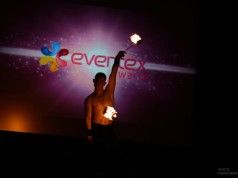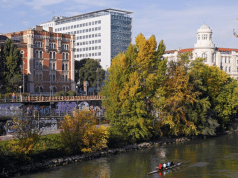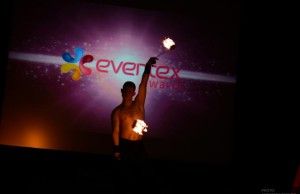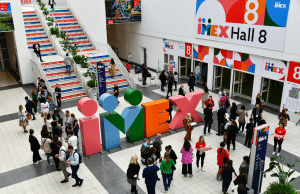DEFINITION
Marketing is often perceived as having the role of the devil’s advocate. Great marketing sells and gives the answers to relevant questions, whilst bad marketing is predominantly a bad copy and a caricature in itself. In our opinion, it is fundamental in marketing to place the individual or participant in the spotlight. At the same time, a vital challenge is to replace one-way communication by implementing strategically and socially responsible communication.
THE STARTING POINT
The near, let alone distant, future of the global meetings industry has become foggy and unpredictable due to the coronavirus. Still, when it comes to marketing, it is an opportunity not to be wasted: a chance to thoroughly change communication, marketing and sales. The time has come for reflection and to implement new marketing, technological and communication solutions. With the start of the recession, the majority of destinations, agencies and service providers have radically cut down their marketing, research and development budgets. Our research has proven this trend. Regardless of that, it is clear that savings acquired through client communication beforehand are short-lived, whilst the consequences of the situation remain long term. The crisis has taught us marketing empathy and digitised us overnight.
THE CONCEPT
Asking ourselves who our buyers are and what fuels their sales decisions are two enquiries rarely made in the MICE sales and marketing process. Hence, answering questions on who, what, how and why is crucial at the very start of the marketing process. For this reason, the preparation of a well-made marketing brief is imperative. The best ones are those that suit the nature of your activities and operations. The marketing process in the meetings industry is particularly complex and challenging. Rarely is any buying done impulsively, so marketing campaigns must be thoroughly thought out and evaluated. Several factors impact the sales process, and we must always have logical solutions for them. In my opinion, because of its complexity, the role of marketing is unprecedented when organising events.
Events are a strategic communication tool for brands. We must know how to incorporate them into integrated communication. The current, relatively digital marketing ecosystem demands knowledge of complex digital systems. This way, events can prove their reputation of being marketing tools with added value. Luckily, we are living in a time where the entire communication process can be measured.
The ethical dilemma of whether, through marketing, we are creating actual craftwork or we are helping client’s sales is generally present. Creativity is rarely connected with the “aha moment”. In reality, it is about having a good marketing structure, helping to bring a crazy creative idea to life. Such ideas are developed outside of our comfort zone and are based on systematic, hard work and knowledge. In a way, marketing reflects the present time. Exactly what marketing zeitgeist looks like will be revealed later on.
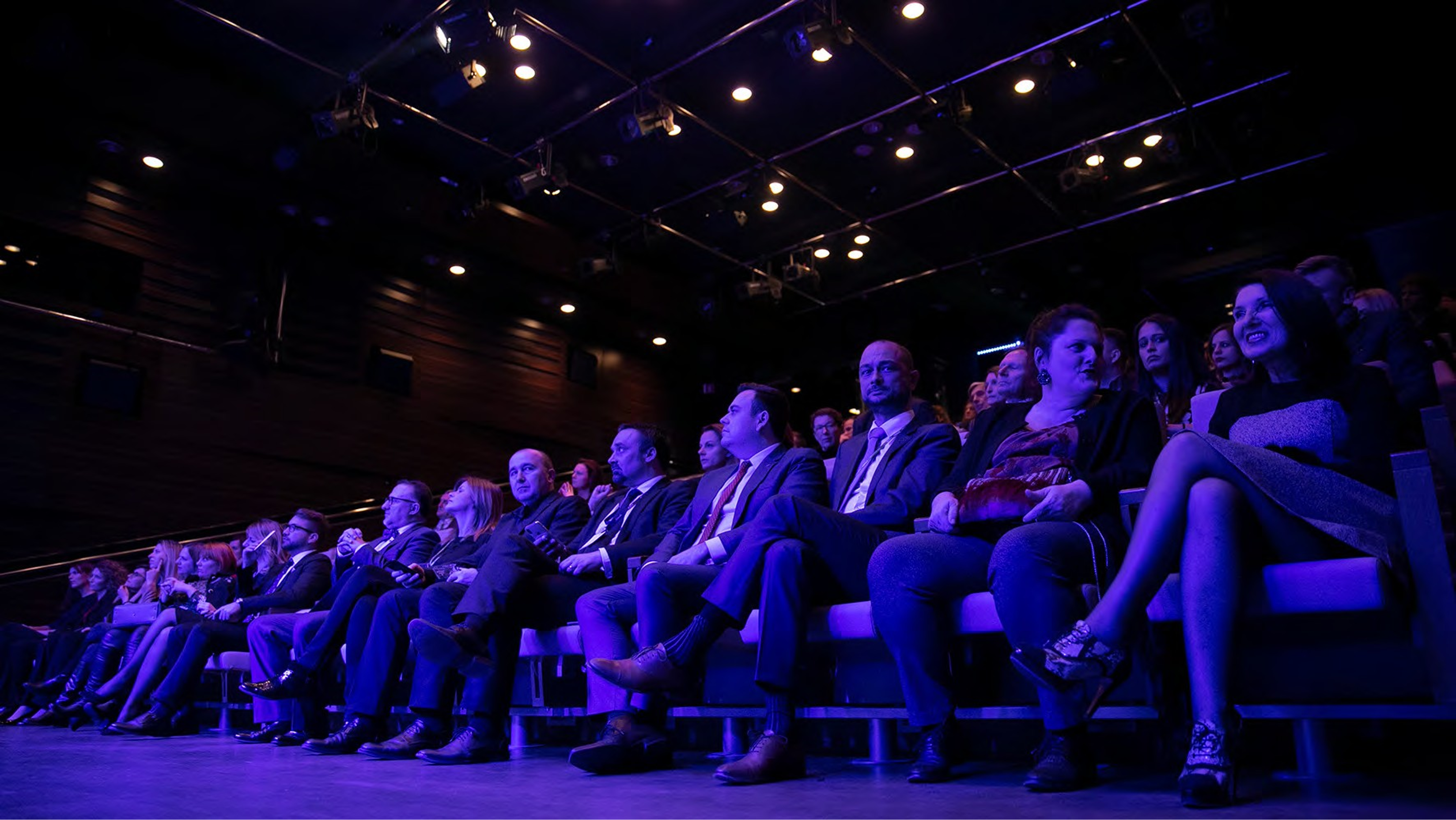
TIPS AND TOOLS
Successful marketing has long been developing at the crossroads between psychology, sociology, anthropology and economics. Lately, another interdisciplinary science has successfully joined the others—neuromarketing. It focuses on exploring the cognitive responses of the consumer to different stimuli. The use of neuroscientific methods in the meetings industry is hard to encounter. However, the method of neuromarketing gives comprehensive answers to important questions while, at the other end of the spectrum, ordinary, often subjective, marketing research does not.
Our agency uses different models depending on the brief and information about the focus group. The more specific the information, the easier it is to select which form of communication we will choose.
When choosing the path to take, we ask ourselves principal questions: Why something works and why rather than the classic marketing dilemma What works and what doesn’t. We must follow ethical standards at all times and, at least in my opinion, avoid manipulation such as political campaigns or fake news. By using psychological triggers, we can create socially responsible campaigns; however, we can also quickly follow the path of manipulation and creating injustice.
Let us take a look at why particular methods work and which psychological triggers we can use when marketing events, service providers or venues.
SELF-PERSUASION
Confidence creates added value
An essential tool of marketing is confidence, believing in your product and being an example to others. It is important to share the story of how you started, what your philosophy is, what you stand for, and what the values of your product are. If you do not believe in your product, your potential clients will hardly trust you.
How it works: All destinations have a cultural identity—conference centres, international airports, and hotels; however, only a few can brag about their self-confidence. If you can convince yourself to change, then you can convince the world. A brilliant example is the innovative Scottish campaign #ideasbecomelegend
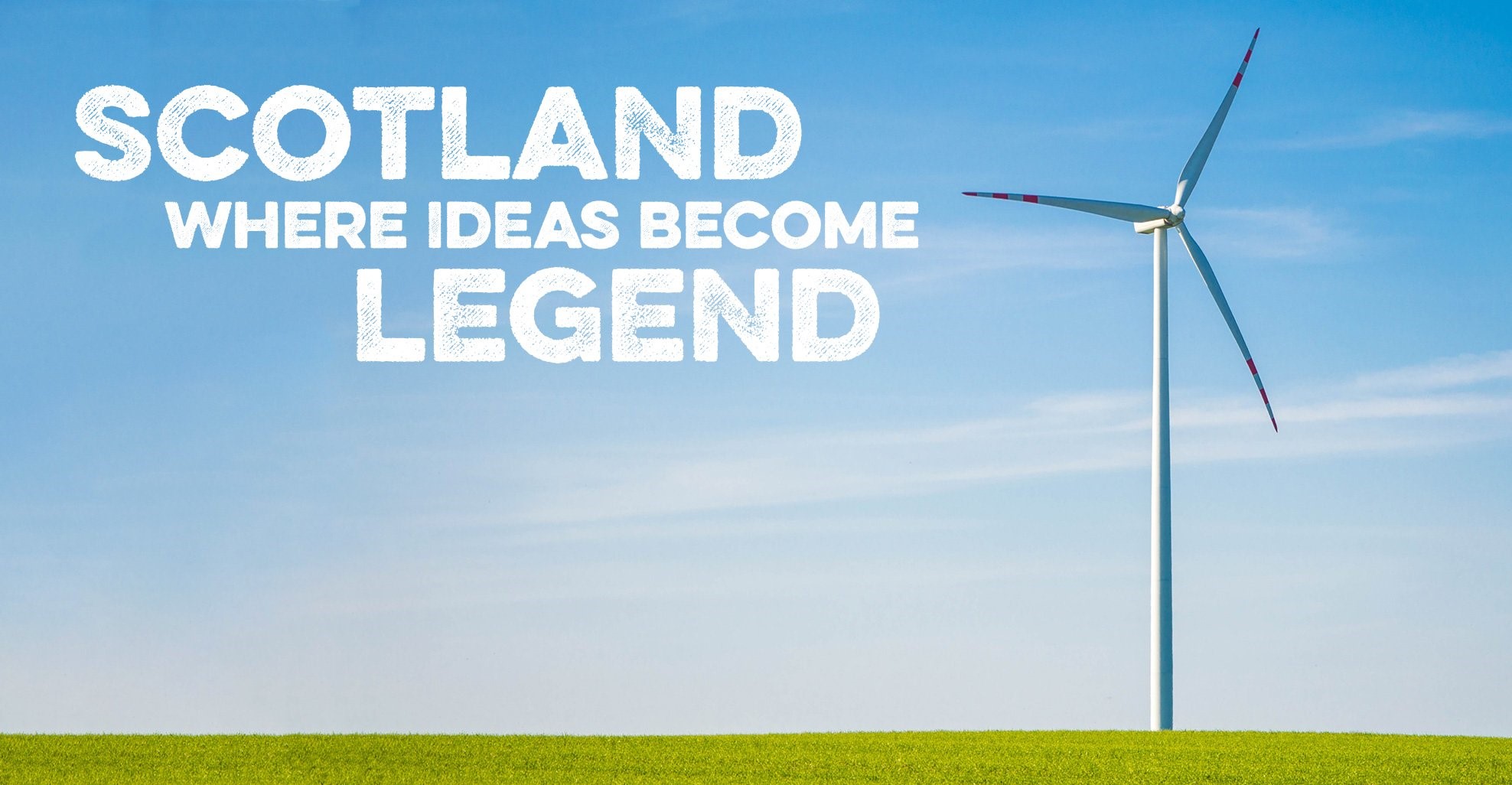
FLUENCY
Consistency and lightness of communication
The most typical example is Red Bull. The strategy behind Red Bull is so simple it can be understood by a five-year-old. The essence is in offering an unforgettable experience, while the tool used is events. They are connected by adrenaline, boldness and community. Red Bull consumers understand the brand as a personality. They identify with the core messages and even share them by word of mouth. Such a strategy has turned the brand into a living legend.
How it works: Red Bull is a way of life, and the basis of its marketing strategy is in creating a community and not buying likes. Content marketing plays an important role, as well as keeping the message consistent.
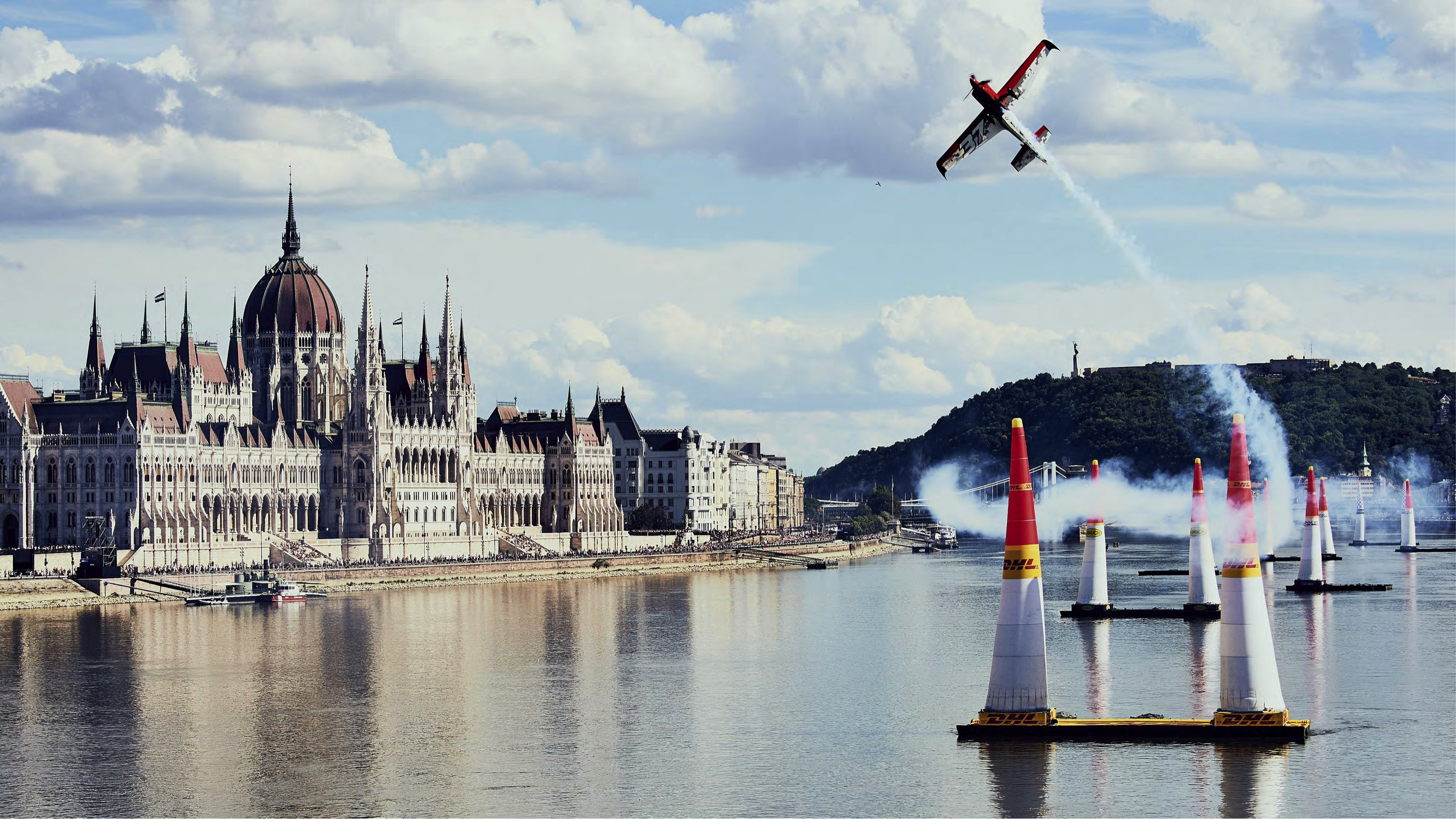
SEX
Does sex sell?
The meetings industry has long been waiting for a campaign to use such a trigger. The first to decide to take such a bold step were colleagues from the Norway Convention Bureau, who connected the illusion of pristine nature with the story of a naked man in the wild. This brave step turned out to be well worth it, as analysis showed that the “Norway – Dare to be different” campaign became a great success. Soon after the launch, Norway’s campaign became a media hit, and Norway has been using this low-cost campaign to its advantage for the past decade.
How it works: The understanding that sexuality increases sales has been around for some time. We are faced with it everywhere. On the other hand, it is also the most regulated method, carrying a great responsibility towards society. As soon as we slip into the field of sexism, we are in murky waters. Hence, using such a method is anything but simple and often ethically disputable.

ANCHORING
References are of great importance
In marketing, so-called anchoring is a daily event. One of the best-known examples is “batta” prices triggering irrational shopping. Anchoring means deciding based on intuition, which is often misleading. We are most exposed to this when it comes to hotel prices, where booking systems are unbeaten. Anchoring is, in fact, a psychological process helping us come to a decision. It revolves around an anchor, often found incomplete or misleading (example: when ordering online packages).
How it works: If we were able to position the brand of an event or destination as a luxury one, then we would most likely achieve higher selling prices. On the other hand, it is very challenging to reposition a destination perceived as a cheap one. When a destination is perceived in that manner, the perception of quality also changes, as commonly seen in Eastern Europe.

TRUSTWORTHINESS
A trustworthy face is worth a thousand words
The theory of trustworthy faces has been present in marketing for a long time. The first to research this phenomenon were scientists from Princeton University in 2008. Trust is something typically attributed to humans and presents an indefinable core of human relations. If you trust someone, you believe they will meet your expectations. However, due to the flood of information, where first impressions are of the utmost importance, it is crucial to understand this concept when planning campaigns.
How it works: In our case, we simply named the concept “happy faces”. The visual part of a campaign is important, and creative directors are masters of using this concept. We should note that for this using unique visual images is recommended, as using generic images can often lead to disastrous results.
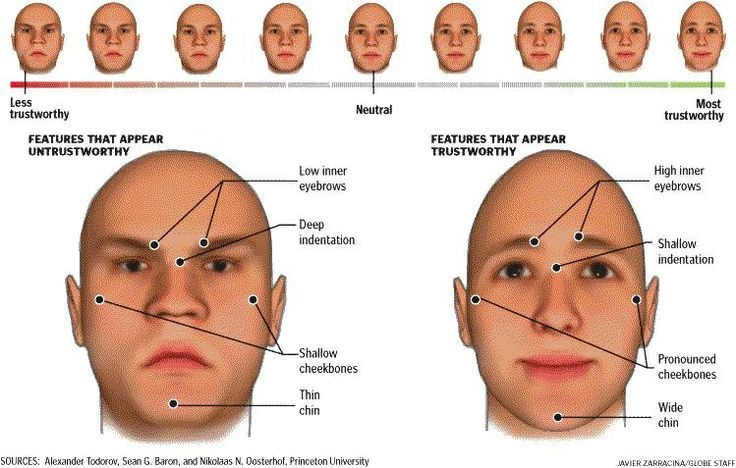
DISRUPTION
A game with unexpected elements
Disruption is an activity deriving from the needs of the market and not the other way around. It revolves around methods of design thinking, helping us to develop prototypes of meeting destination and events, as well as communication prototypes. It is not rare that using such a method results in the creation of groundbreaking ideas and projects. A large part of the methodology is to make mistakes, learn from them and come to the final solution (mistake learning). Meetovation, a Danish project, is a fine example of how such a unique methodology can be used for organising events.
How it works: Through unique workshops, the process takes place as an innovative laboratory. After passing through different phases, the final stage is conducting a quick prototype and business model test.

PROMISED LAND
The Kingdom of Bleisure (business + leisure)
Teleportation to the promised land was, at least before the eruption of the coronavirus, among the most common forms of tourism. We had a chance to see them in the meetings industry too. We create a unique atmosphere, culture and experience for the event participant. The difference between good and not-so-great campaigns are, in this case, the stories.
How it works: A great example of a bleisure story is the Thai “Kingdom of Bleisure” campaign. When preparing the campaign, the creators relied on the possibility that an event in Thailand can be more successful due to the rich additional offer. They came up with a new type of participant, called the Incentivise Business Traveller.

SOCIAL PROOF
105,000 people like it
We like to do what everyone else is doing. The entire behaviour concept of social media users is based on this. If our friends like a particular event on a certain social media channel, then there is a large probability that we will like it too. Social proof is found in comments, likes and content sharing.
How it works: The easiest way to use this principle is to tell people that a product is an excellent seller or that it is the best. An example of such a campaign would be the WORLD ICE CREAM index by the Irish agent Soolnua. The campaign they came up with was innovative and fresh. In its essence, the campaign is not imagining that it is choosing the world’s best ice cream. The result of the campaign was 105,000 online votes and a proven improved ice cream offer at particular destinations.

ALTERCASTING
My Alter Ego
Role-playing is an essential part of everyday life. The theory of altercasting was invented by Eugene Weinstein and Paul Deutschberger in 1963. Since then, it has often been used in classic forms of advertising. Such communication takes the individual to a different (alternative) role, per se: superman, professional driver, easy rider, rocker… someone to relate to.
How it works: Creating the alter ego of the Dutch meetings industry embodies this theory. Mr Holland and Mr Perfect is a youthful and playful ambassador of the Netherlands and their innovativeness. Several service providers and clients identified with the alter ego, and the campaign became a virtual success.
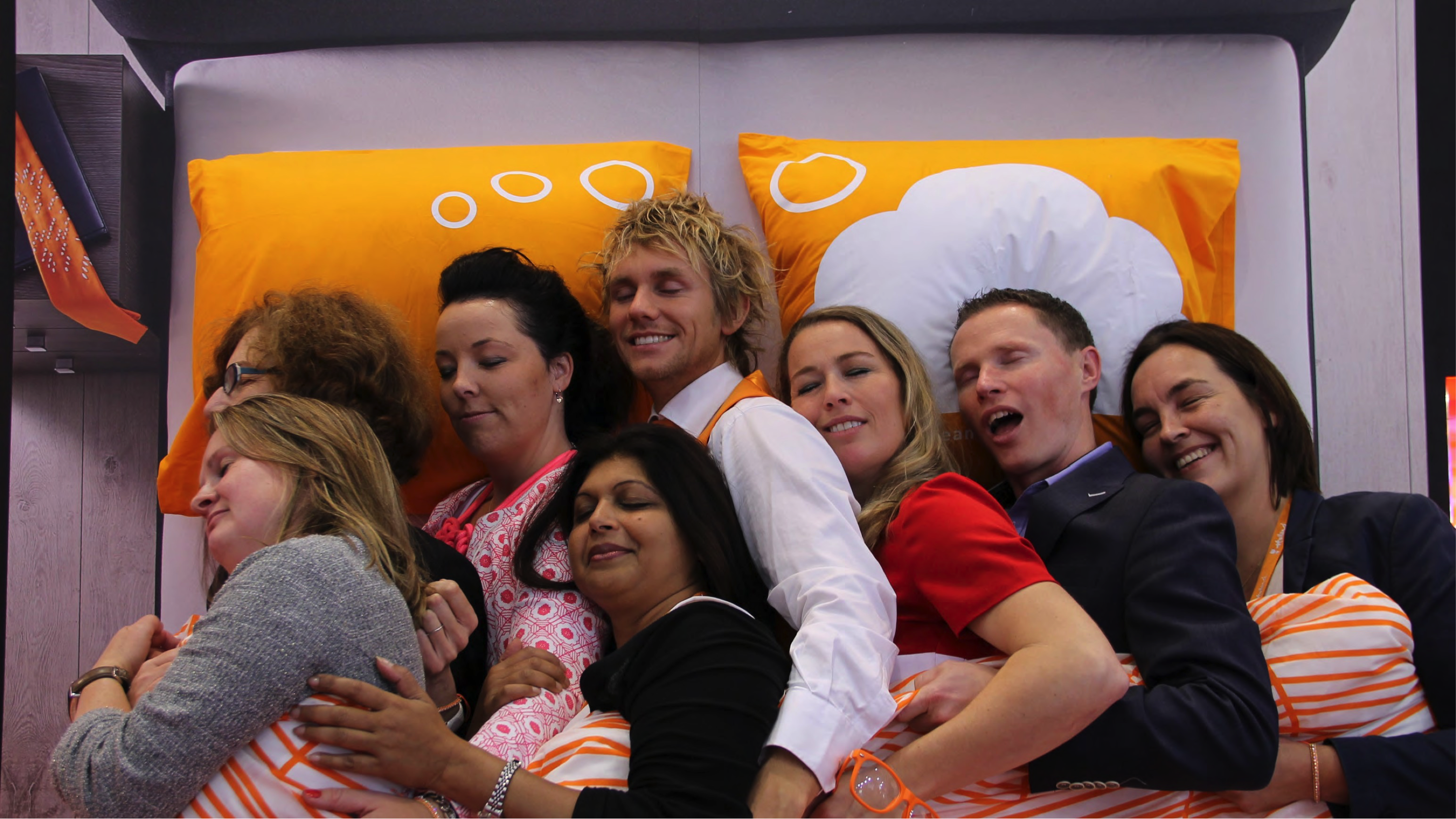
MERE EXPOSURE
Repeated exposure
This approach was scientifically proven by Robert Zajonc back in 1960. In the event of having sufficient funds for an extensive campaign, it is vital to keep your branding consistent. Accordingly, positional messages do not change much or at all after some time. The show business world and politicians have perfected this technique. The more times you hear a song, the more it will grow on you. The same applies for politicians; the more present a politician is, the more votes they are going to get.
How it works: Think about what effect Christmas carols and decorations have on you (without generalising). A well-known experiment is that of Eurovision—what you can do by yourself, even if you do not have a big budget. When using this method, firstly make sure to have consistent branding which you can share through social media as well. A great example of this is the “I Feel Slovenia” brand.
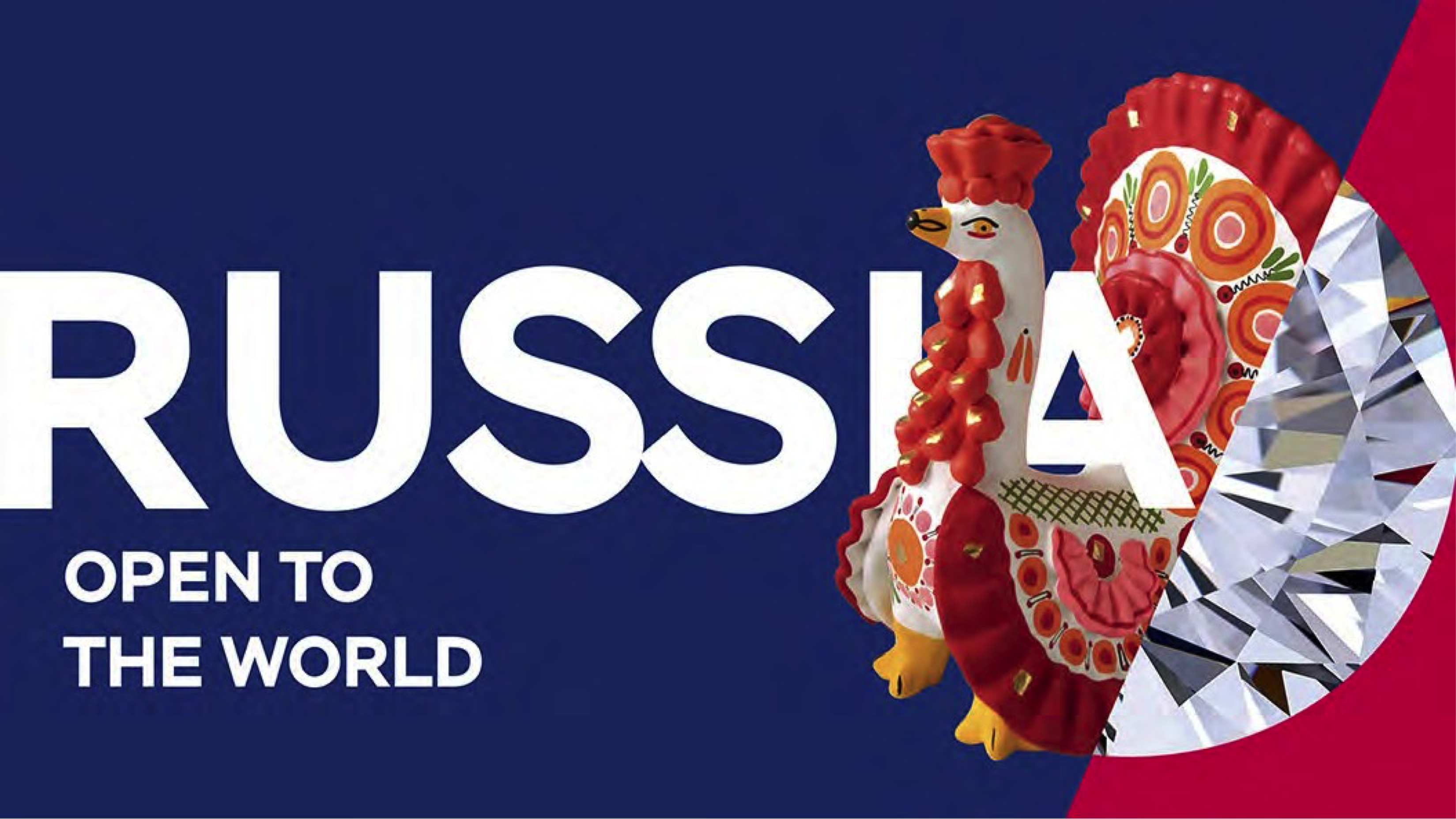
ADDITIONAL METHODS
Jointly, we use over 40 different methods, which are too numerous to be presented in one book. We have selected only those most commonly encountered in the meetings industry. Alongside them, several methods exist, such as authority, recency & primacy, doublespeak, subliminal, anthropomorphism, guarantees, astroturfing, humour…. and numerous others.
The corona crisis shone a light on three other methods, which we are going to highlight as it is important to understand how they work:
FEAR MARKETING
Safety industry versus fear culture
Safety is relative in modern society, evident during the outbreak of the coronavirus. The average consumer is worried due to several risks, but that risk is decreased by insurance companies and firms alike. We can say that these institutions play the role of risk managers. After the corona crisis erupted, this particular marketing model spread like wildfire in the meetings industry, although it was unknown and unused before.
How it works: Overnight we became a society and industry where fear of uncertainty guides us. In light of this, it is no surprise that several certification systems have developed, helping to diminish the fear culture. Seemingly, such marketing methods are here to stay, as they allow the communication of different risk levels.
LOSS vs GAIN
Fearing loss increase risk-taking
This method is most known in the field of health and pharmacy. In particular, it is popular when it comes to preventing smoking, alcoholism and physical inactivity. The educational concept is focused on presuming individuals will act in good faith if they understand why something is necessary and what they might potentially lose. Key to this method are different communication triggers. Influence marketing perfectly complements this type of marketing.
How it works: Event organising has recently seen a spike in the use of this marketing method. A precondition for event organising is responsible behaviour from the participants. For this reason, a great deal of effort has been put into these forms of communication. The meetings industry will move forward only when behaviour patterns start to change. In accordance with the seriousness of the corona crisis, this is understandable.
RECIPROCITY
Free webinar
You can learn all there is to know about reciprocity at markets, where vendors invite you to buy something by offering a sample of their products to taste. When we receive or try something, the immediate association is that we have to pay it back by purchasing a product. Some of the forms of such gifts that we are given are compliments, gadgets, which all trigger the need for reciprocity.
How it works: This classic method of marketing has been thriving during the corona crisis. Webinar organisers started to send gifts to get confirmation of participation. We have been receiving everything from free samples to culinary treats directly to our homes.
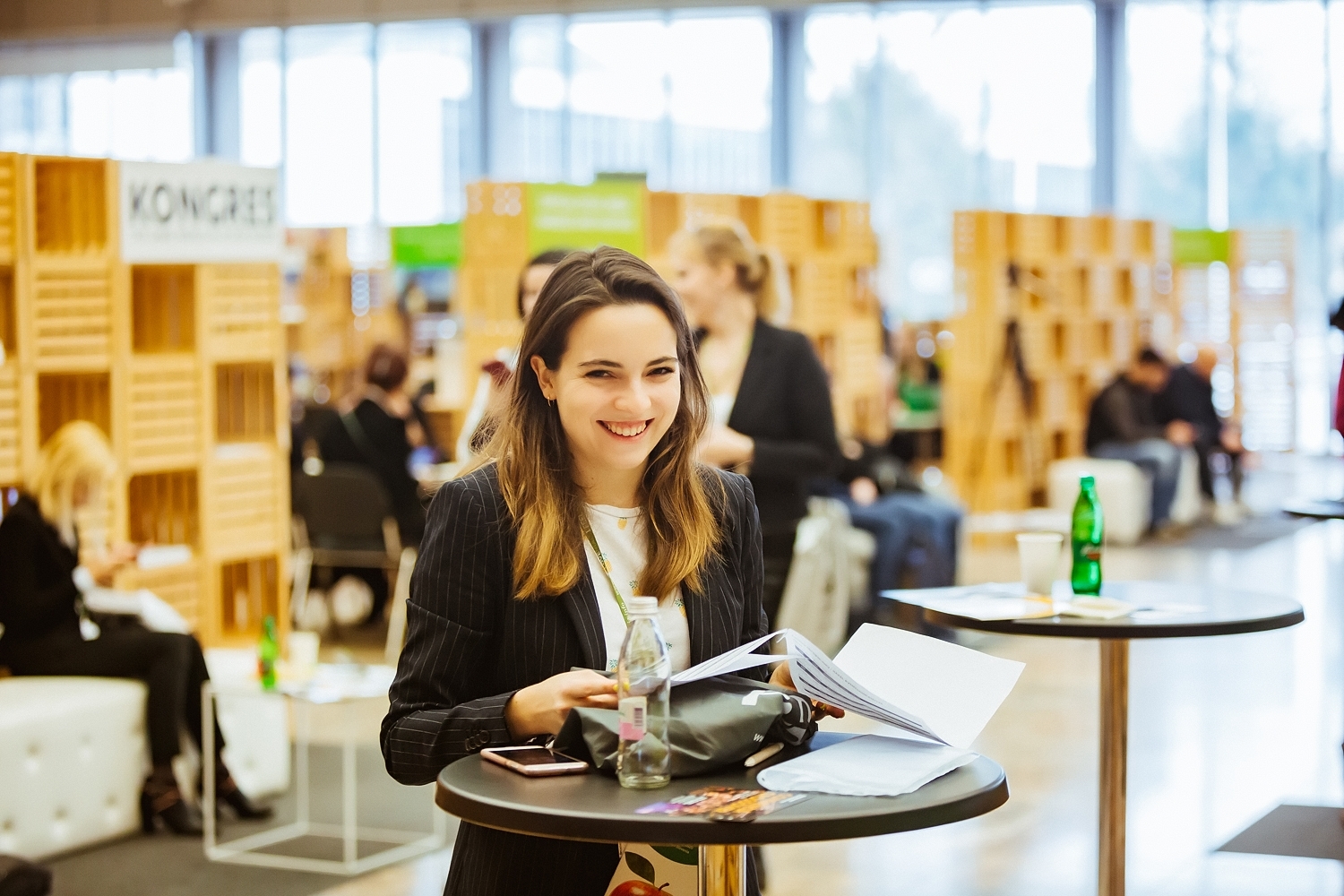
RECOMMENDATIONS
To make client communication as practical as possible, we developed the communication funnel, which has turned out to be a very handy tool.
In practice, we use the funnel as a canvas we build with the help of notes in three different colours:
1. red notes represent the ideas produced with colleagues through teamwork
2. orange notes are “out of the box” ideas not yet agreed on
3. green notes are all activities moved from the prototype phase into action
Throughout the process of developing a project, such a canvas serves as a communication project guideline. When, according to the Pareto Principle, 80% of the canvas is coloured in green, it becomes clear that we are on the right path to a successful project.
A concrete example of promoting an event and the development of its individual phases looks something like this:
AWARENESS – influencing the awareness of event participants
This part of the process predominantly takes place on websites, social media platforms and in the form of native advertising or SEO optimisation.
EDUCATING/EXPLORING – building a brand
Virtual fam trips, webinars and micro pages targeting focus groups are the most rewarding. They work hand in hand with content marketing and a growing database.
INSPIRATION – affection for a brand
The easiest way to enthral someone is by storytelling, case studies, video examples, recommendations and other forms of e-catalogues and newsletters.
PERSUASION – gaining trust and evaluating the reasons for organising
This is the rational part of the process where we include the discount policy, different forms of co-branding and other ways of information anchoring.
APPLICATION/RFP – supply and demand
Applying an adjustable pricing policy and implementing modern forms of monetisation.
LOYALTY – retaining a client long-term
The part where we implement a personalised follow-up, ambassador programmes, membership of the corporate organisers’ club, etc.
 Loading...
Loading...INSPIRATION
Websites are the core of modern marketing. The average user leaves a website after just eight to ten seconds if they do not find useful information. Content is a big part of websites, if not the most important part of the information regarding congress offers or events. In the same breath, it is the most essential and indispensable part of a destination or event’s online marketing.
The user of your website is the most important
In a detailed study we conducted in May 2020, we looked into how optimised and user-friendly websites of various European cities convention bureaus are. We researched correlations between social networks, content marketing and user experience. Afterwards, we ranked all criteria on a scale with an index from 1 to 100. We present here some of the most crucial findings from the research:
1. Website domain and hosting
When selecting a domain, we should aim for it to be simple, memorable and in context with key search words. Complicated domains should be avoided. Less can be more. Regarding the B2B nature of communication, personalised domains can be more effective. In conjunction with quality content marketing, they enable more targeted marketing.
2. Website reach
The growing number of mobile users can be translated into more traffic on mobile phones. Hence, a website must adapt to such a trend. In any case, make sure that the page does not buffer, as website speed contributes to the overall higher range, among other segments of optimisations. You can choose between:
– ON site optimisation or editing inside the website itself
– OFF site optimisation is focused on gaining external connections
– Optimisation activities have to be thought out and planned beforehand. Therefore, it is best to leave optimisation to the hands of experienced and knowledgeable professionals.
3. UX – User dimensions
The user of your website is the most important. The most valuable users are meeting planners, and accordingly, the user experience must be crafted to their needs. Make sure the planners receive all necessary information on organising an event. The meeting planner’s thinking should follow the path of the classic communication funnel. The user should not be confused, so be sure to make their virtual congress journey as smooth as possible. Do not sell the destination to yourself.
4. Website content analysis
Meeting planners expect to find the most recent and complete information about destinations on your website. The most critical aspect is the relevance and up-to-date publishing of news from a destination. When the latest published news is from Summer 2019, it appears as if the convention bureau has stopped operating. Convention bureaus are becoming media houses, generating quality and unique content about their destination(s). However, we must consider quality before quantity. Good conversion is the result of analysing data and adjusting content to the needs of clients. It is about time convention bureaus started operating as professional content managers.
5. Communication during COVID-19
The crisis caught the majority of destinations and suppliers unprepared. Only a handful had a plan for crisis management and communication. Because news travels faster than ever nowadays, not having a plan can quickly result in a noticeable worsening of relations with clients and key stakeholders. Communication and client relations will play an important role in overcoming the crisis.
Classic marketing messages do not work and should be avoided at all costs. On the other hand, positive success stories that show destinations are returning to normal are successful. The role of the public relations person is crucial.
6. Social networks
Social networks are, among countless other functions, an important booster of website visits and help to increase a destination’s recognisability. They are also important for influencing client loyalty. Without social media, we only get visitors coming from browser searches. Therefore, social networks are one of the main website boosters. Each new page or account on social networks is potentially a new source of website visitors, and each post is an opportunity for a new website view.
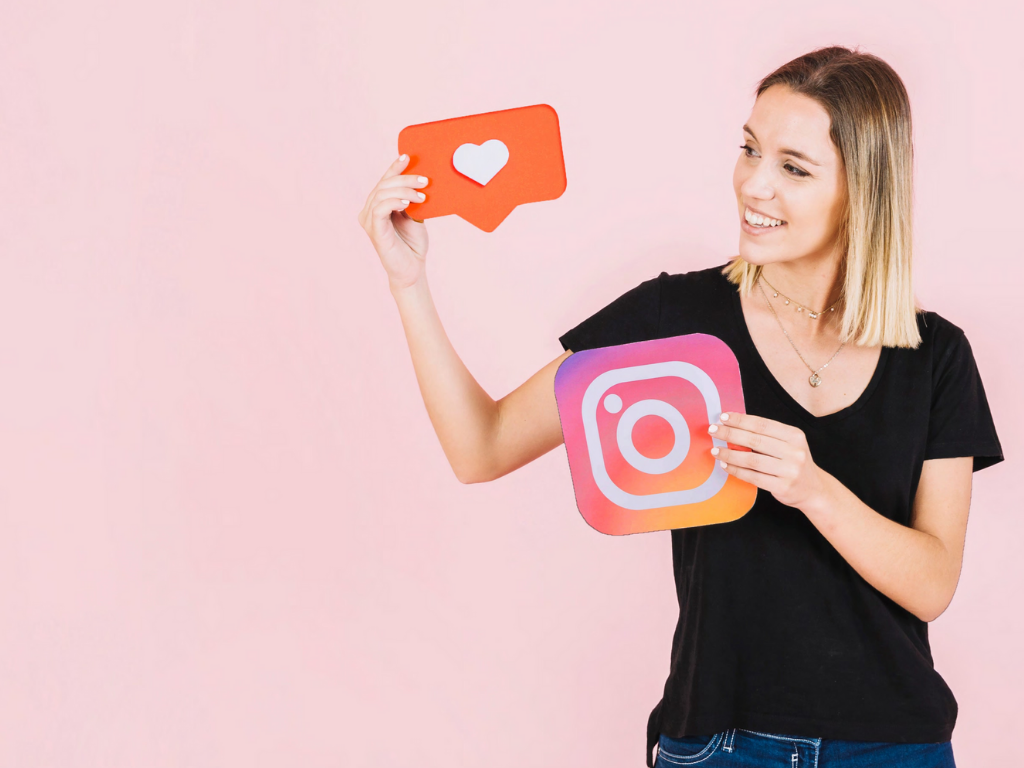
A professionally designed website is an advantage of convention bureaus and often represents the first point of contact of meeting planners with a destination.
The main objective of the vast majority of convention bureaus is to attain quality leads (lead generation). Following the corona crisis, this will be even more digitised and concentrated on the quality of web pages. In light of this, it is important to understand how meeting planners use a website. We must thoroughly consider what sort of information to offer at stops on the journey around your website.
We have gathered some of the most intriguing information and recommendations, which will help you to improve your virtual appearance.
Statistics:
84.15% of Convention Bureaus have an active Facebook account
83.33% of Convention Bureaus have a LinkedIn profile
80.05% of Convention Bureaus have an active Twitter account
71.76% of Convention Bureaus have an active Instagram profile
55.99% of Convention Bureaus have their own domain and hosting
51.11% of Convention Bureaus use a domain ending with .com
41.77% of websites do not reach index 50, which is the minimum quality index for presenting a destination online
40.00% of websites do not have an index reach higher of 70, according to our research
37.15% of destinations do not have the latest news from the destination
33.33% of destinations came to a standstill during the COVID-19 epidemic (May 2020)




